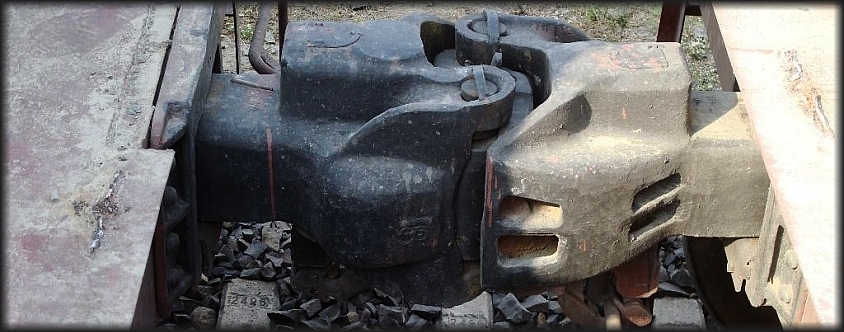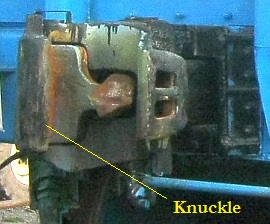Briefs on Centre Buffer Coupler (CBC)

Coupling facilitates inter connection of rolling stock to form a train. Due to certain limitations of age old srew coupling system, CBC becomes the most useful & viable choice. There are certain features of CBC which makes it an unanimous choice & extensively used in most of the freight cars, EMU coaches & all of the LHB coaches of Indian Railways.
Saliant Features
It transmits both draft & buffing load between vehicles and to/ from under-frame. It absorb high frequency forces during impact & dissipates low frequency forces to protect the vehicle from damage. It has got multi functional units like Draft+Buffing & Automatic FP+BP connections.
Advantages of CBC
Automatic coupling type & Quick detachment possible, which in turn is safe for shunting staff & reduces time required.
Less staff for uncoupling.
Prevention of uncoupling in the event of derailment/accident.
Anti-climbing feature (for LHB coaches) to prevent damage to life & property during accident.
Types of CBC adopted in IR
AAR E/F type used in wagons.
AAR(H) type Tight lock used in LHB coaches.
Dellner Coupler used in LHB coaches.
Rigid Type Schaku coupler used in DMU/EMUs.
Slackless drawbar in BLC wagons.
Transition coupling (e.g. in BOBYN).
Hook type in MG/NG stocks.
Main Components of CBC
Coupler body - Knuckle - Lock.
Knuckle thrower.
Lock lifter assly.
Yoke,Yoke pin,Yoke pin support.
Striker casting.
Draft Gear.
Uncoupling device.
Back Stop
Knuckle

Fitted with coupler head. Used to couple two coupler heads of two coaches/wagons.
Raise Your Voice at "savethechildren.in"



